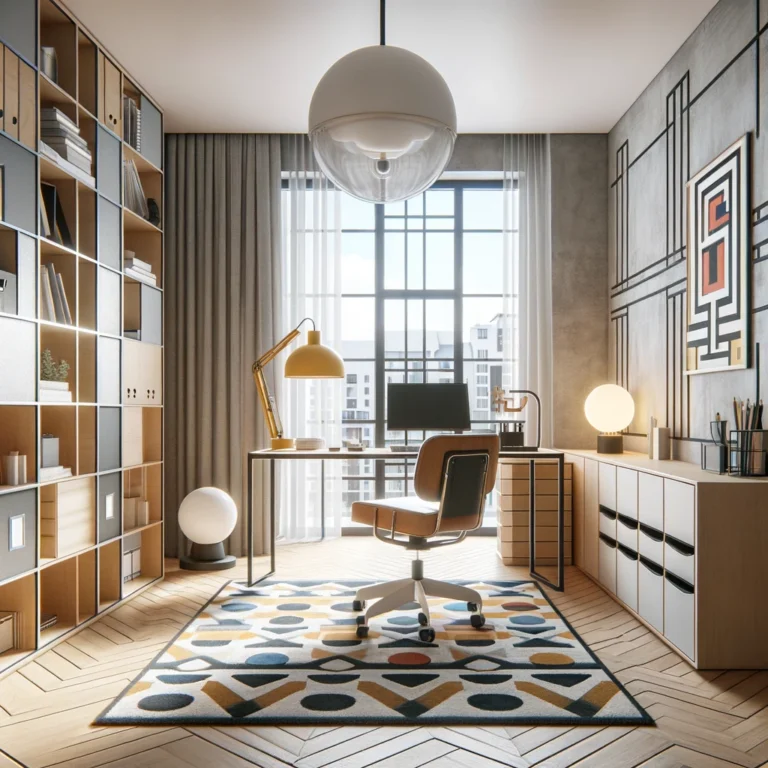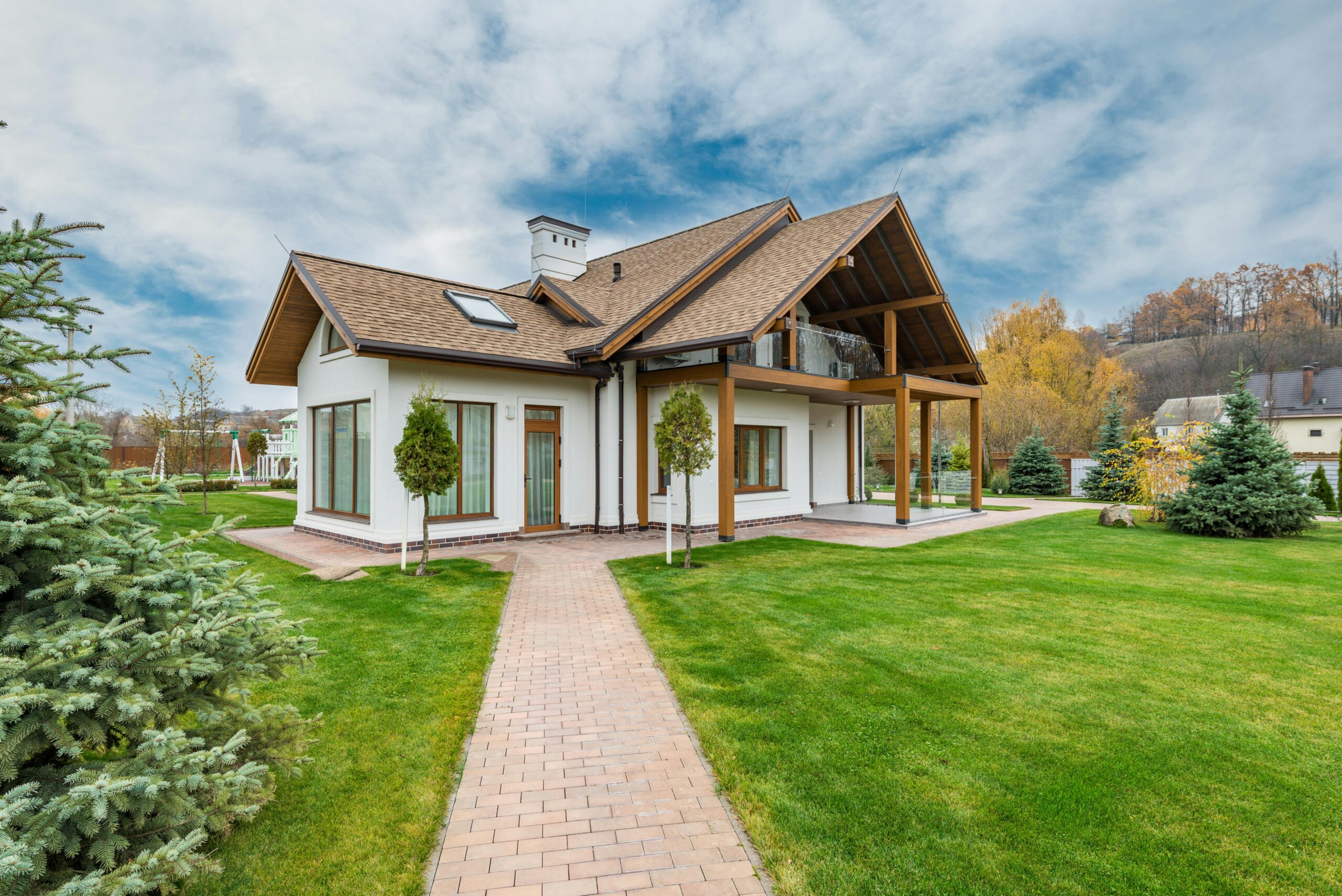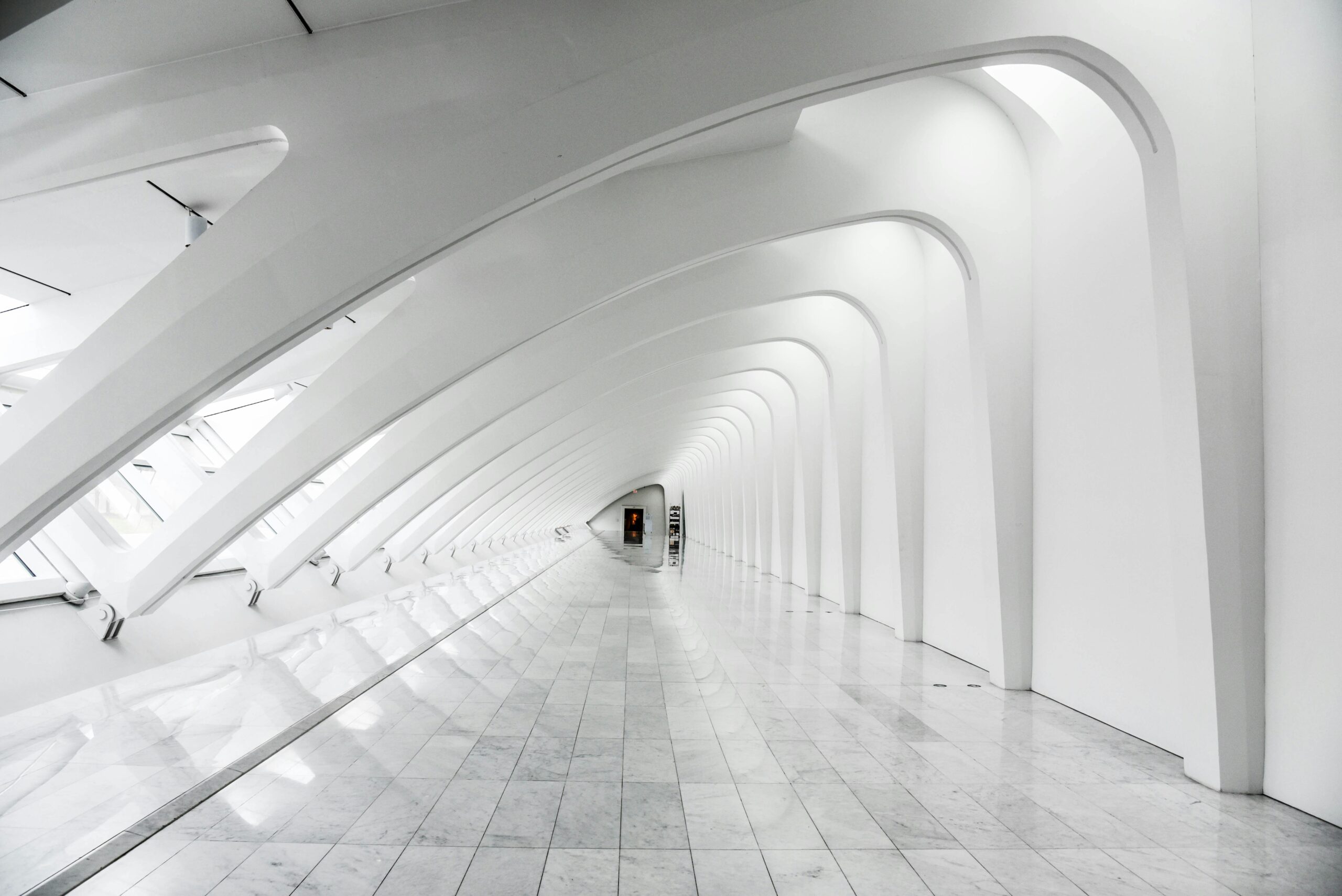In the highly competitive world of real estate, visuals mean as much as physical characteristics and best angles for real estate rendering play a crucial role in attracting new prospects.
Real estate professionals now have a valuable tool to create immersive and persuasive images for potential buyers through 3D rendering technology.
The expertise of selecting the right views in real estate renders is not just about technical excellence; it involves understanding how these images affect people’s emotions and thoughts when they see them.
Proper angles make one feel at home, imagine future moments of life, and ultimately influence decision-making. Thus, mastering rendering techniques is vital for developing listings that arouse interest and sell dreams.
In this article, we will discuss how angles and perspectives are important in property rendering. It will examine how dissimilar perspectives can reveal the most attractive parts of a property, give a feeling of openness, and express the story that suits what customers aspire for. After reading this article, you will learn about techniques artists use to sell through pictures.
The Impact of First Impression
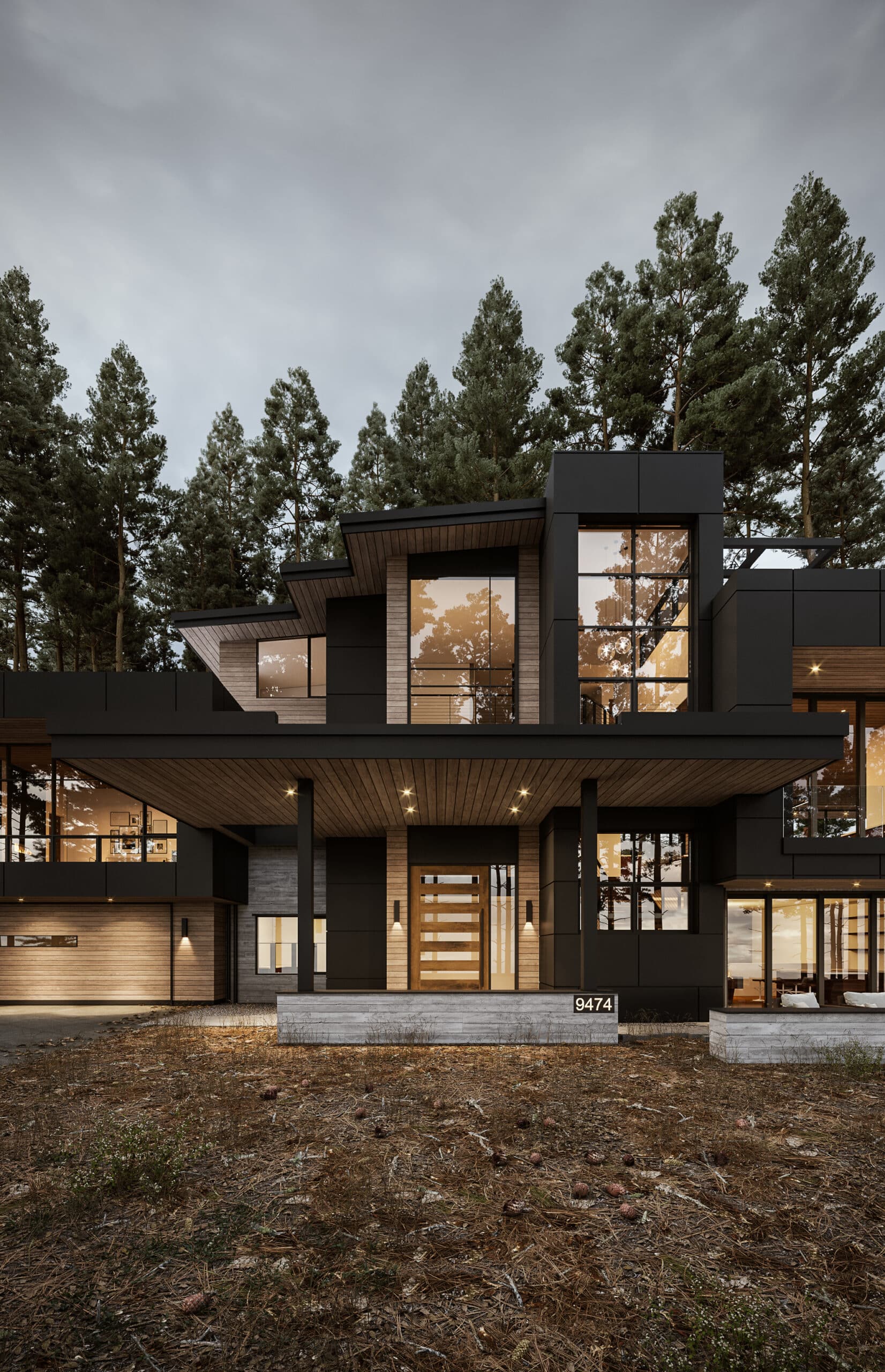
The saying “first impressions last” holds so much truth regarding real estate marketing. How a home initially looks can have a major impact on whether a potential buyer will take an interest in it.
This is more significant today in digital times when prospective homeowners first come across listings online and may only click further depending on the quality and angle of renderings.
Why Visual Attraction is Essential for Property Listings
Visuals are your voiceless agents in real estate listings. They speak volumes without needing words to express viewers’ emotions and deep-seated wants. When a rendering is well positioned, it evokes feelings of yearning, ease, and identity, which are powerful motivators for buyers.
By understanding the psychological triggers associated with different visual perspectives, real estate professionals can craft renderings that showcase the property and align with the emotional aspirations of their target audience.
How the Correct Perspectives in a Rendering Could Make or Break a Listing
For your renderings to click, there is more than just the technical skill involved. It also calls for an artistic touch and a strategic mind. The idea is to show off the property’s strengths while creating a storyline that resonates with the viewer.
For example, a rendering of sunset’s warm rays seeping through windows may indicate coziness and serenity, while vibrant brightness conveys energy. Moreover, it should be possible to choose angles that are in harmony with its singular features that appeal to prospective purchasers who might want an improved lifestyle.
The angle of view used in real estate can create powerful property listings if real estate professionals consider first impressions and visual psychology effects on people. Visuals play such major roles that they can move someone from mere interest to actual desire for more information about a particular property, increasing chances of successful sales.
Wide-Angle Mastery for Spacious Imagery
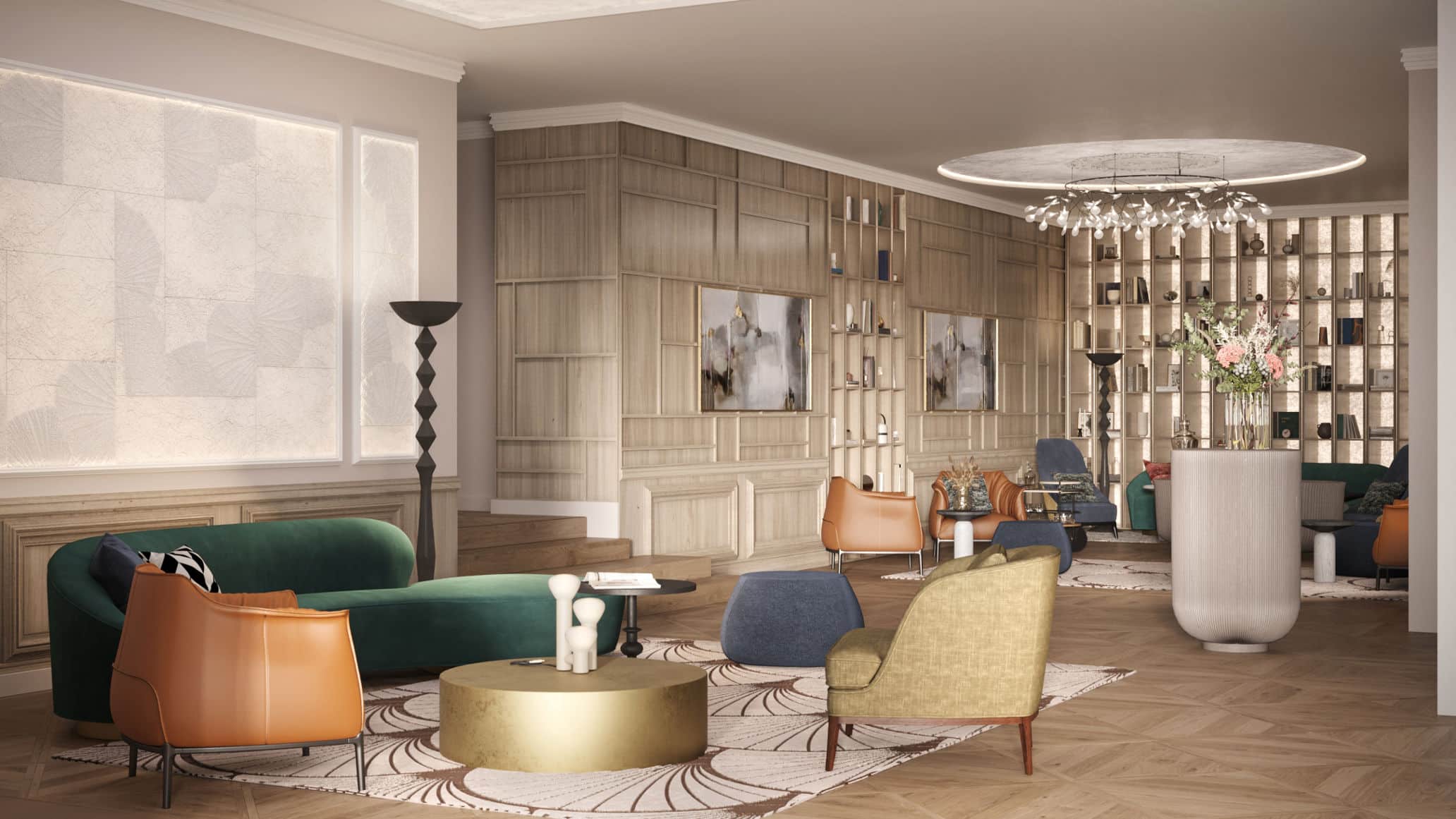
It is an old method that has yet to lose its importance in property presentation: the use of wide-angle lenses in photos and rendering. The above-mentioned aspects of real estate marketing make it necessary to incorporate them.
Techniques for Using Wide Angles to Convey Space and Luxury
Wide-angled shots capture the vastness and expansiveness of a scene. In one glance, the eye can pan through the entire room or landscape, capturing all around with little time spent locating each piece. This will depend on how much space you have covered, which sometimes requires taking pictures from corners or raised positions so that you can include almost everything in view.
Avoiding Distortion While Maximizing Spatial Representation

If wide-angle lenses are not used correctly, distortion could occur even though they enhance spatial perception. Thus, understanding lens properties and their positioning is important if one wants to avoid unnatural stretching of objects within a scene, especially at the frame’s edges. The objective is to create an expansive representation that feels natural, allowing viewers to place themselves within it without being deceived.
Real estate professionals who have mastered wide-angle techniques can depict properties in a more scale-sensitive manner.
The Power of Perspective
Mid-Range and Eye-Level Shots
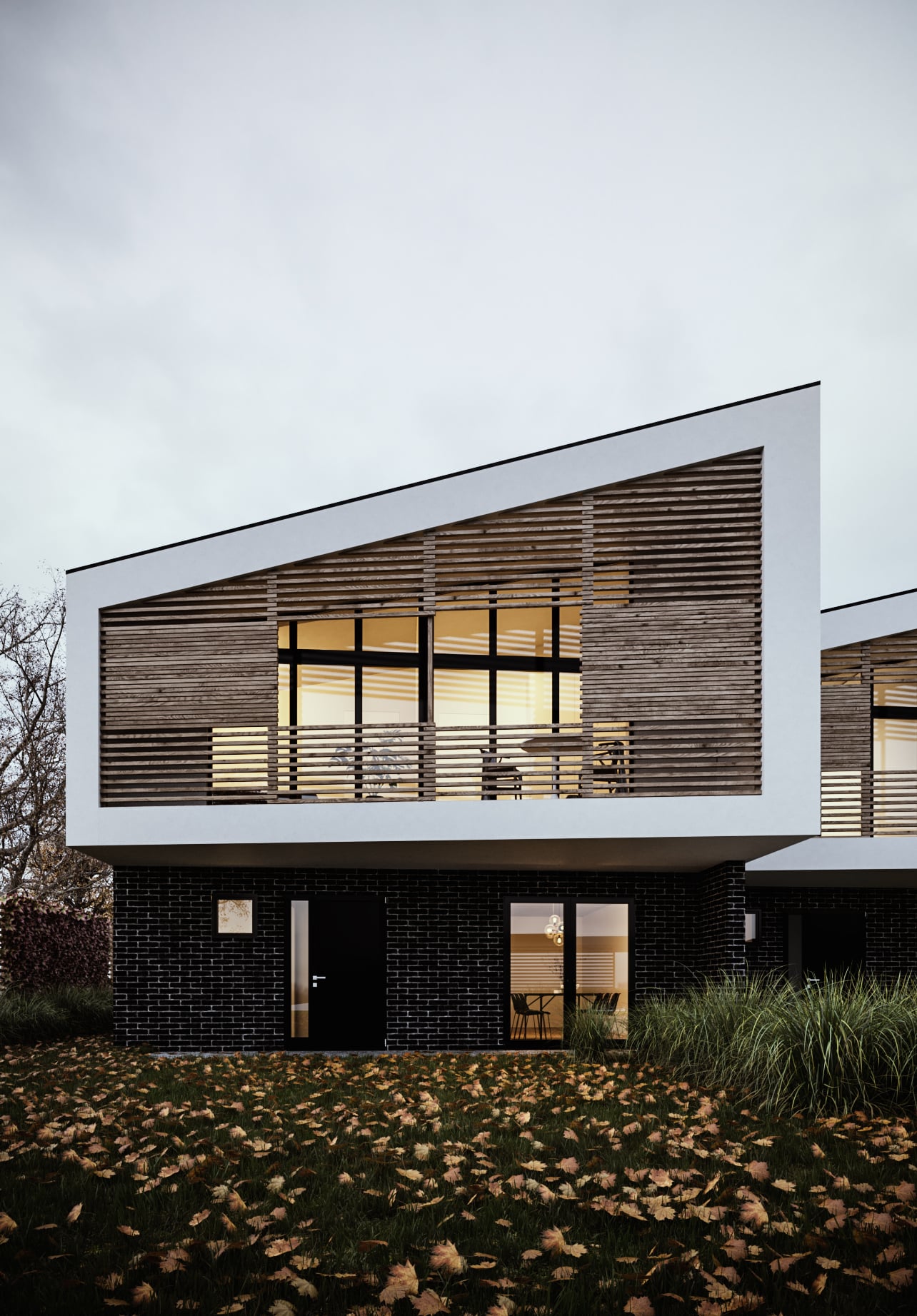
Mid-range and eye-level shots make up most real estate illustrations since they fall between the panoramic overviews offered by wide angles and close-ups with focused attention to detail. These viewpoints are vital as they come closest to what would be observed by the naked human eye, thereby connecting a property-viewer relationship.
Crafting a Relatable Experience with Mid-Range and Eye-Level Angles
The eye-level shots should be framed to mimic the natural line of sight, making them more relatable and less staged. Conversely, such shots would ideally mimic how a person would see and experience a real-life situation, thus looking totally familiar and unpretentious.
Balancing Detail and Context to Engage Potential Buyers
The most crucial aspect of the middle range, as well as eye-level shots, is finding the right compromise between showing enough details to satisfy curiosity and providing enough context to understand.
This involves selecting angles that draw attention to one or two major property features while still giving an idea about the general environment. For example, this shot at eye level may concentrate on countertops and appliances but still reveal that it sits adjacent to the dining room, implying convenience for hosting guests.
Using shots taken from the center and at the height of a person’s eyeball position, real estate experts can produce renderings that exhibit aspects of the premises and support individuals to perform their usual activities while inside it mentally. Mid-range and eye-level shots are versatile angles that will be discussed in this part to capture the essence of the property, thus making information about listings informative and touching.
Detailing the Deal
The Art of Close-Up Renders

Close-up renders are a must for revealing minute details that differentiate one property from another. For potential buyers searching for quality and workmanship, these detailed images can make all the difference.
Showcasing Fine Craftsmanship and High-End Finishes
The devil is in the details, especially in real estate. Close-up renders enable you to concentrate on features that show how good the place is, like the texture of materials, the elegance of fixtures, and the craftsmanship of built-in elements. These pictures should be carefully constructed to point out opulent finishes that justify the property’s worthiness.
Using Close-Ups to Tell the Story of Quality and Care
A close-up render is more than just a visual detail; it serves as a narrative element about a piece of land. It indicates thoughtful design and potential lifestyle for its future owner. Every close-up, from grainy hardwood flooring to soft luxury carpeting or sparkling designer lighting, should contribute to the overall copywriting effort.
Real estate professionals can strategically use close-up renders to create a compelling visual story that speaks to the discerning buyer. This section will explore how to select and compose close-up shots that highlight the unique selling points of a property, ensuring that every detail works to make the listing more attractive and memorable.
Sky-High Appeal
Aerial Angles in Listings
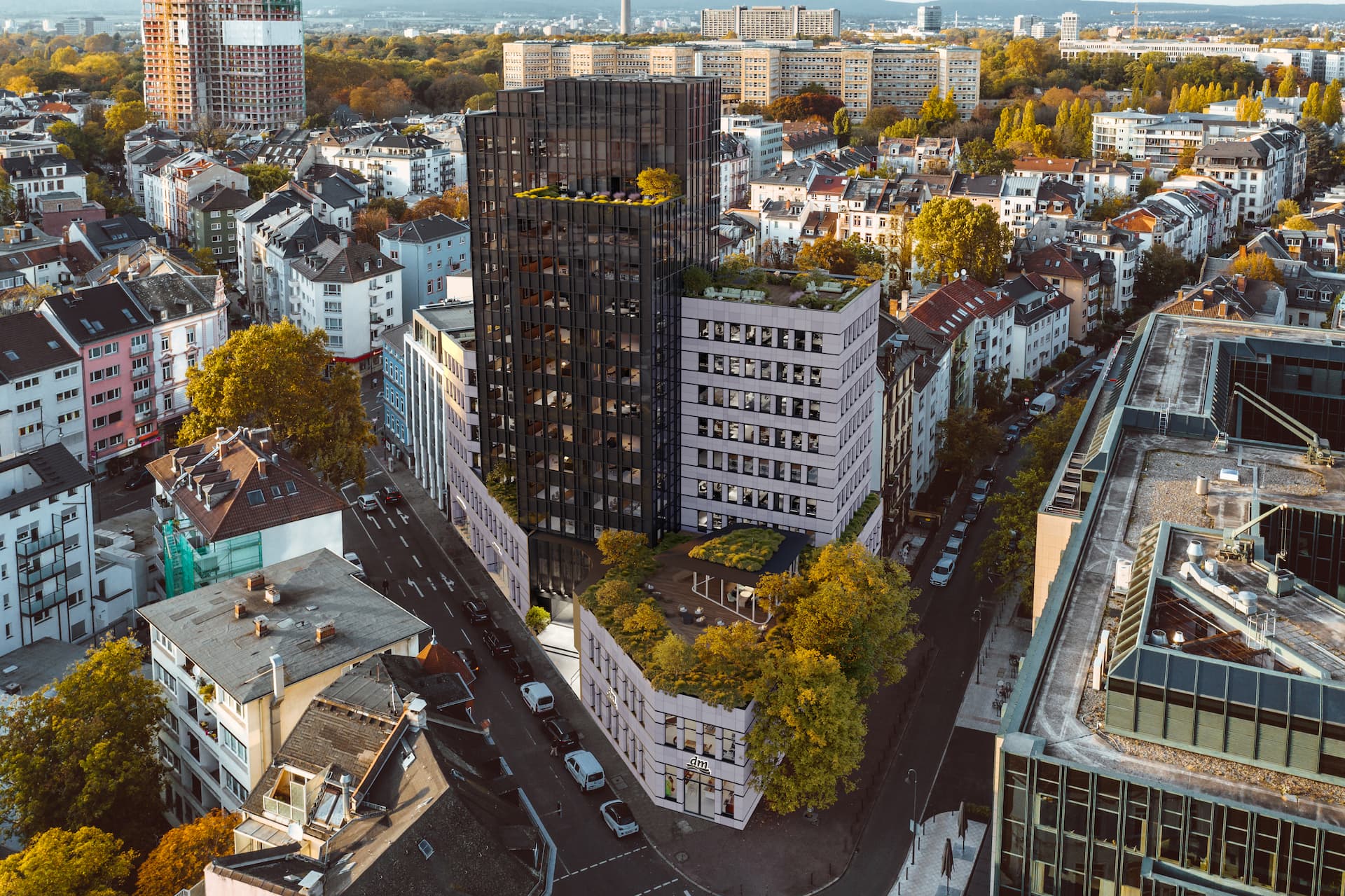
As such, aerial perspectives are usually a good option for real estate listings. From these shots, the viewer gets an entire picture of the house, its arrangement, and how it leans on others nearby.
Elevating Listings with Strategic Aerial Shots
Aerial photography and rendering offer buyers something different from what ground-level photos have to offer. This makes it possible for them to see the scope of a property, its landscaping, and how the particular house is located within other homes or in a natural setting.
By paying attention to these angles, some of the exclusivity and/or scale that comes with owning a certain property can be brought out, thus making it more visible than any other listing.
Showcasing Property Context and Landscape Features
Unlike other bones around houses, which show only their location, an aerial shot does this better. It reveals the distance from amenities, outdoor features, and even landforms. Some buyers who want particular kinds of life, like those who enjoy a lot of outdoor living or people who find solace by shutting themselves inside their compounds, will definitely choose this perspective.
By incorporating aerial angles into real estate listings, agents and sellers can provide a complete visual package that engages buyers’ imaginations and helps them see a property’s full potential.
Humanizing Spaces
The Intimacy of Interior Angles

Real estate interior angles are not just about showing spaces but also about evoking a sense of home. These angles allow prospective buyers to imagine themselves dwelling in the house, making rooms more personal and inviting.
Interior Angles That Resonate with Buyers’ Desires for Comfort and Style
The choice of angles inside should mirror the lifestyle and comfort that come with the property. An entrance shot that draws one’s eye through the other parts of the living room to a warm fireplace can indicate a welcoming atmosphere.
Similarly, an angle that captures morning light streaming through the windows of a kitchen lit in a fashion where families gather can create visual warmth and togetherness.
Tips for Rendering Interiors That Feel Like Home
One way to make spaces more human is to consider human perspective and scale. The perspective of interior renders must appear as if it’s at eye level, giving the viewer the sense that they are standing within the room and experiencing belonging.
Further, natural lighting, shadows, and reflection can add depth and realism to an image, making the space more relatable to people. Moreover, incorporating furniture and decorations in renders could give viewers a perception of scale and allow for customization.
By focusing on internal angles that address customers’ emotional and practical requirements, real estate agents can develop renderings that display the property’s attributes and possible loveable home characteristics. This section will also provide ideas on choosing and arranging interior shots to appeal to potential buyers emotionally or rationally.
Drawing Attention to Amenities
Luxury and Lifestyle Shots
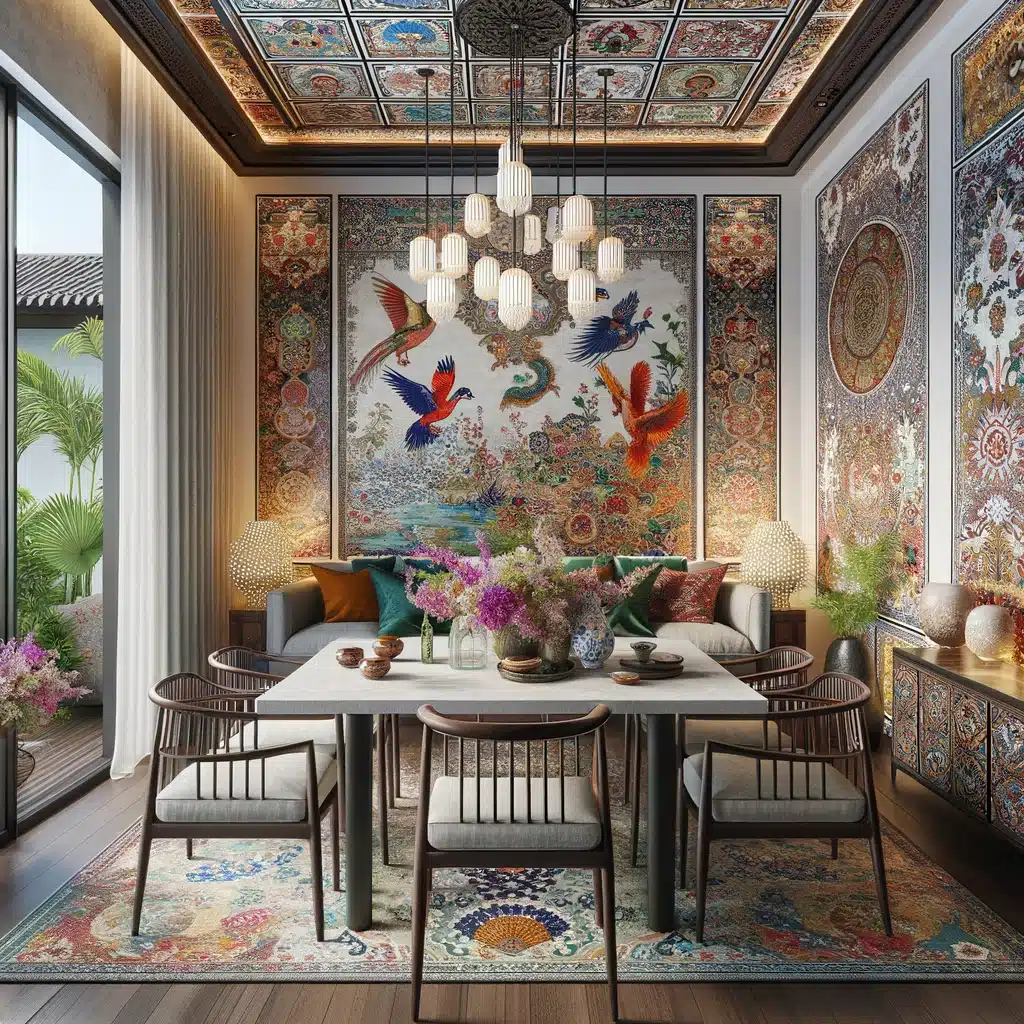
In the real estate industry, amenities are often viewed as the most valuable asset of a property, which differentiates it from others. They are not just features but also epitomize the luxury and comfort of a particular property. For those who want an improved lifestyle, a good quality rendering of these amenities can help change one’s mind.
Accentuating Amenities to Market a Lifestyle
The expertise in presenting these amenities lies in enabling them to narrate a story – reflecting how they would live if they bought it. A modern high-class gymnasium, peaceful spa-like restroom, or luxurious home theatre is more than just space but an experience waiting to happen.
These renders must catch these facilities at their peak: well-illuminated, beautifully arranged, and inviting. To illustrate this point, a pool with clean water surrounded by green landscaping creates an atmosphere of peace and exclusivity.
Rendering Techniques That Highlight the Characteristics of Exclusive Properties
When it comes to rendering techniques, one should prioritize clarity, detail, and the appeal of comfort. Lighting is crucial; it should highlight textures and create a mood that accentuates the desirability of the feature.
Another important consideration when capturing an image is its angle – it should reveal how functional the amenity is and how seamlessly it integrates into the property’s design. For instance, a kitchen render might draw attention to features like a chef-grade stove or marble countertops that suggest both usefulness and refinement.
By meticulously rendering facilities, real estate professionals can emphasize those unique aspects that define its high-end value and attractiveness.
Embracing Exterior Excellence
The face of a property to the outside world is its exterior; thus, it plays a significant role in attracting potential buyers. A well-worked-out exterior can enable a property to stand out in an overcrowded marketplace, drawing consumers towards it and dictating their viewing.
Capturing Curb Appeal with the Perfect Exterior Angles
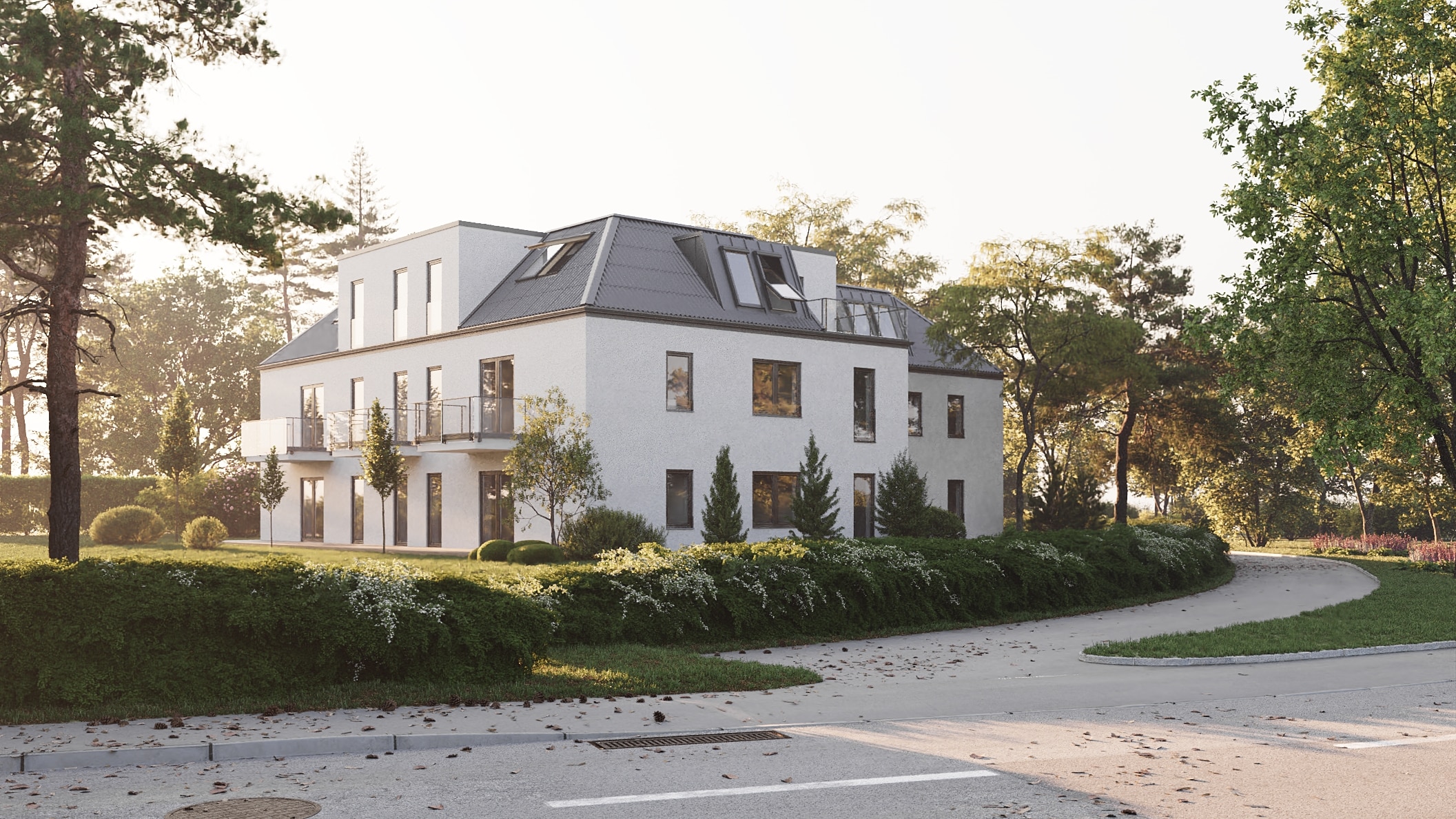
The art of capturing the curb appeal of a building is about choosing angles that emphasize its architectural attractiveness and affinity for the environment. The right rendering angle can highlight graceful lines, display arresting aspects of design as well as portray the building in the most favorable light.
For example, one with a view of the setting sun’s warm rays striking off their front can create an atmosphere that beckons people inside.
Techniques for Rendering Exteriors That Stand Out in a Crowded Market
It is necessary to use rendering techniques that emphasize the special features of a property so that it can be noticed by potential buyers. This can include contrasting qualities to make the details of architecture noticeable or choosing the time when natural lighting compliments the look of the house.
Also, considering how the property’s landscape should blend with its architectural design will provide a more holistic and appealing image.
Strategic rendering of exteriors enables real estate agents to create lasting first impressions on potential buyers. The selection and implementation of exterior shots are discussed here, which are not only attention-seeking but also represent the character of such properties, thereby luring prospective purchasers into exploring further.
Conclusion
The art of rendering in real estate is a journey whose climax is the realization that each angle picked is a brushstroke, making part of the overall image. The ability to shoot and demonstrate properties from strategic angles is not only about technical mastery; it is a finely balanced act of creativity versus advertising, which, when done rightly, can make listings become stories that buyers find interesting.
From wide-angle shots that take in everything to zooming in on details, we have examined many techniques and perspectives, which reveal that emotional resonance and imagery are the true powerhouses behind rendering. These visuals that you carefully put together transform something as plain as a simple listing into an invitation to renewed life.
In today’s world, where most first showings happen on screens, one cannot underestimate the power of a well-rendered image. It is an unspoken representative of what could be possible for the property while hinting at comfort, opulence, and fulfilled dreams.
For real estate professionals, understanding how to render angles is not a trick—it’s an essential element in selling not just property but also tomorrow’s vision.
As we conclude, remember that each property tells its own story, and with the right angles, you can ensure it’s one that captures the imagination and hearts of potential buyers, leading to a successful sale.
Frequently Asked Questions (FAQs)
Q: Why are wide-angle shots important in real estate rendering?
Wide-angle shots are crucial because they capture a property’s spaciousness, giving potential buyers a sense of openness and scale, which is often a key selling point.
Q: How do mid-range and eye-level shots enhance a real estate listing?
Mid-range and eye-level shots provide a realistic view of the property, allowing buyers to envision living in the space. The balanced detail and context make the listing relatable and engaging.
Q: Why are aerial angles used in real estate renderings?
Aerial angles offer a unique perspective that can showcase the property’s layout and relationship with the surroundings. They can also highlight features like landscaping, providing a comprehensive view that ground-level shots cannot.


